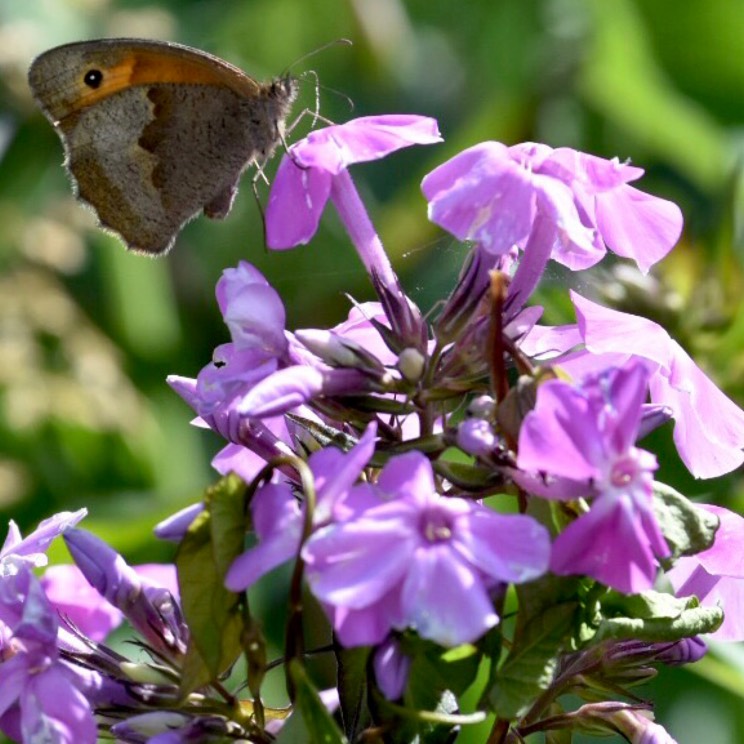
Phlox douglasii 'Lilac Cloud'
Phlox 'Lilac Cloud'
A low-growing phlox which forms a carpet-like mat that is suitable for rockeries or edging. 'Lilac Cloud' is a very compact variety bearing starry soft lilac-mauve flowers, each with a tiny rose eye.
-
Full sun
-
Occasional watering
-
Full Frost Hardy: 5F (-15°C)
-
Free draining and fertile
Common name
Phlox 'Lilac Cloud'
Latin name
Phlox douglasii 'Lilac Cloud'
type
Evergreen Perennials
family
Polemoniaceae
ph
5.6 - 7.8 Acid - Neutral
Plant & bloom calendar
-
Best time to plant
-
When the plant will bloom
full grown dimensions
 1.80 M
0.15 M
1.80 M
0.15 M
Phlox douglasii 'Lilac Cloud'
A low-growing phlox which forms a carpet-like mat that is suitable for rockeries or edging. 'Lilac Cloud' is a very compact variety bearing starry soft lilac-mauve flowers, each with a tiny rose eye.
Flowering Season
From Late Spring TO Early Summer
Flowering season from late spring to early summer.
Plant container plants
From Early Spring TO Mid Spring
Plant container plants in a sunny position.
Propagation by Softwood Cuttings
From Mid Spring TO Late Spring
Take soft wood cuttings in spring to early summer. Cleanly cut up to a 10cm long stems, remove lower leaves and pinch the tip out, dip the stem into rooting hormone, fill a container/pot with suitable compost, make holes around the edge of it and plant the cuttings, water in well, cover with a polythene bag and place somewhere warm, lake the bag off twice a week to air the cuttings. Keep the cuttings moist until well rooted.Harden off when well rooted and pot on into individual pots increasing the airing to let the leaves to develop. Remove rotten, dying or dead cuttings regularly.








